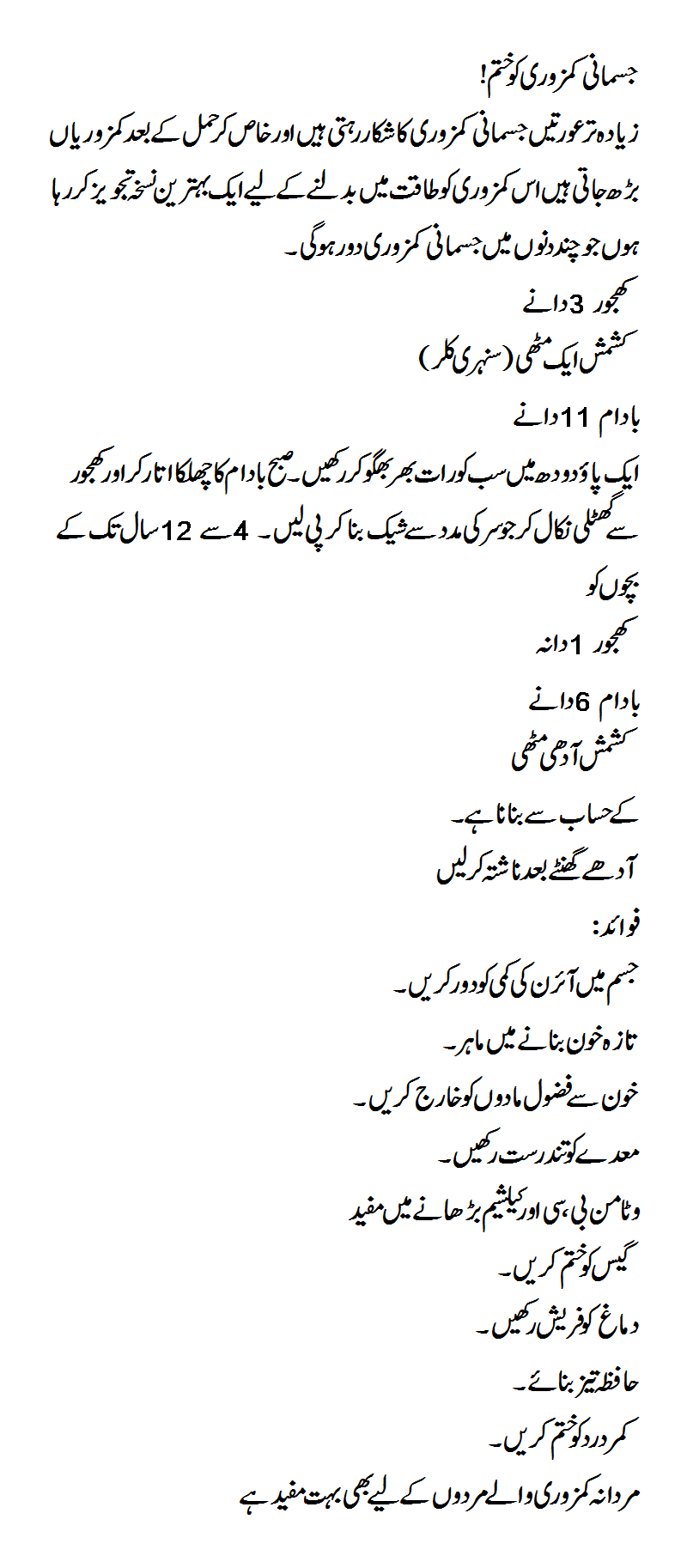To reduce the funding gap for humanitarian needs and to act on our responsibility to vulnerable people, we need to shift to humanitarian financing that invests in local capacities, is risk-informed, invests in fragile situations and incentivizes collective outcomes.\
This means increasing funding not only to response, but also to risk and preparedness, to protracted conflicts and to peacebuilding. It means boosting local response through more funding to national NGOs and to pooled funds and stopping blocks to crucial investments,
such as remittances flows. This means being more creative about how we fund, using loans, grants, bonds and insurance mechanisms; by working with investment banks, credit card companies and Islamic social finance mechanisms, as well as with donors.
It requires donors to be more flexible in the way they finance crises, including giving longer-term funding. And it requires aid agencies to be as efficient as possible and transparent about how they are spending their money. These transformations will only be effective if we put the financing of collective goals at the heart of our efforts, rather than supporting individual projects.
